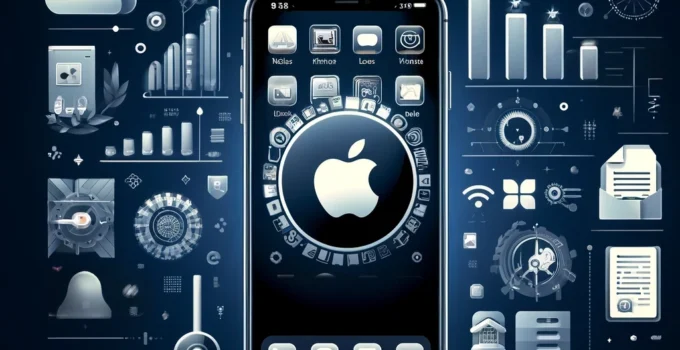Navigating the Files App: Tips and Tricks for iOS File Management. The Files app on iOS is a powerful tool for organizing documents, images, and other files across your iPhone and iPad. Introduced with iOS 11, the Files app has evolved to become a central hub for not only managing files stored directly on iOS devices but also those kept in cloud services like iCloud, Google Drive, and Dropbox. This guide delves into essential tips and strategies to maximize the functionality of the Files app, enhancing your efficiency and productivity.
Revolutionize Your iOS Typing Experience with These Keyboard Tricks
Introduction
Managing files effectively on an iOS device used to be a challenge, but with the advent of the Files app, Apple has significantly simplified this process. The app integrates various storage services and offers intuitive features that mimic desktop file management systems. However, many users may not be fully aware of its capabilities or how to utilize them to their full potential. This article will explore advanced tips and tricks to help you master file management on iOS using the Files app.
Mastering Basic Functions
- Getting Started with the Files App: An overview of the app’s interface and basic functionalities, including how to locate, open, and organize files.
- Customizing the Browse Tab: Tips on customizing the sidebar for quick access to frequently used folders and tags.
Organizing Files and Folders
- Effective Folder Management: Strategies for creating and organizing folders within the Files app to keep your documents and data neatly arranged.
- Using Tags and Colors: How to use tagging with colors for categorizing files for easier retrieval and organization.
Advanced File Management Techniques
- Searching and Sorting: Techniques to efficiently search for files within the app and advice on using various sorting options to manage large collections of documents.
- Creating File Shortcuts: How to create shortcuts to frequently accessed folders or documents, similar to aliases on desktop systems.
Integrating Cloud Services
- Managing Multiple Cloud Accounts: Instructions on adding and managing multiple cloud storage accounts within the Files app.
- Syncing Files Across Devices: Best practices for ensuring your files are synchronized across all your devices using iCloud and other cloud services.
Sharing and Collaborating
- File Sharing Options: Detailed guide on sharing files and folders with others directly from the Files app, including permissions and access settings.
- Collaborating on Documents: Tips on using collaboration features within the app to work on documents with colleagues or friends in real-time.
Utilizing Files App with Other iOS Features
- Integration with Other Apps: Examples of how the Files app integrates with other iOS apps like Mail, Photos, and third-party applications for enhanced productivity.
- Automating Tasks with Shortcuts: How to use the Shortcuts app to automate repetitive actions within the Files app, such as renaming files or moving items to specific folders.
Troubleshooting Common Issues
- Solving Common Problems: Solutions to frequent issues users may encounter when using the Files app, such as sync errors or problems with accessing certain file types.
Conclusion
The Files app is a cornerstone of file management on iOS, offering extensive capabilities that many users may not fully utilize. By adopting the tips and strategies outlined in this guide, you can streamline your workflow, ensure better organization, and enhance your overall productivity on iOS devices.
Enhance Your iOS File Management
With these expert tips and tricks, transform how you manage files on your iOS devices to match the efficiency typically reserved for desktop computers. Embrace these practices to make the most of your digital space and workflow.



